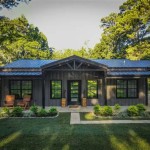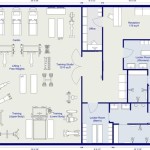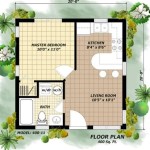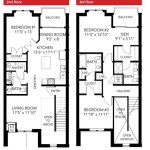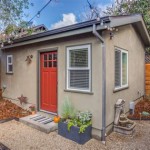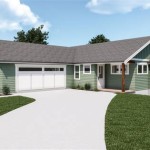Elevated House Plans For Flood Zones
In flood-prone areas, constructing a home that can withstand potential flooding is crucial for safety and property protection. Elevated house plans offer an effective solution by raising the living spaces above the ground level on a foundation or stilts. Here's a comprehensive guide to elevated house plans for flood zones:
Benefits of Elevated House Plans:
- Flood Protection: Elevating the home significantly reduces the risk of flood damage to personal belongings, furnishings, and structural integrity.
- Insurance Advantages: Building in flood zones often requires flood insurance, and elevated homes can qualify for lower premiums due to their reduced flood risk.
- Improved Ventilation: The open space beneath elevated homes allows for better air circulation, reducing moisture buildup and improving indoor air quality.
- Enhanced Views: Elevating the home can provide panoramic views of the surrounding landscape, particularly in coastal areas.
Considerations for Design:
When designing elevated house plans for flood zones, it's essential to consider factors such as:
- Elevation Height: Local building codes and flood maps should determine the minimum elevation height to ensure adequate protection against expected flood levels.
- Foundation Type: Pile foundations, piers, or columns can be used to support elevated homes, offering stability and resistance to floodwaters.
- Enclosed or Open Foundation: Enclosed foundations provide additional storage space but can restrict airflow and increase flood damage potential. Open foundations allow for better drainage and reduced debris buildup.
- Access and Egress: Stairs, ramps, or elevators must be incorporated to provide safe access to the elevated living spaces, particularly during floods.
Materials and Construction:
Elevated house plans require careful selection of materials and construction techniques to withstand the challenges of flood zones. These include:
- Durable Materials: Pressure-treated lumber, composite decking, and corrosion-resistant hardware are suitable materials for elevated structures exposed to moisture.
- Proper Drainage: The foundation and surrounding area should have adequate drainage systems to prevent water accumulation.
- Flood Vents: Openings in the foundation or exterior walls allow floodwaters to enter and exit, reducing hydrostatic pressure and stabilizing the structure.
- Electrical and Plumbing Systems: Electrical and plumbing systems should be located above the potential flood elevation to minimize water damage.
Additional Considerations:
In addition to the technical aspects, consider the following factors for elevated house plans in flood zones:
- Landscaping: Sloping the land away from the house and planting vegetation can help redirect floodwaters and reduce erosion.
- Emergency Preparedness: Develop an evacuation plan and keep emergency supplies on hand in case of flooding.
- Community Resources: Check with local authorities for flood warning systems, evacuation routes, and available assistance.
Elevated house plans offer a practical and effective solution for building in flood-prone areas. By carefully considering design principles, materials, and construction methods, homeowners can create safe, resilient, and enjoyable homes that can withstand the challenges of flooding.

Flood Zone Designs N House Design Group

T4027 N House Design Group

30 Elevated Houses For Flood Prone Areas House Outside Design Simple Bungalow Designs

Elevated House Design A Modern Approach To Living

Elevated 2 Bed House Plan For Flood Prone Areas 22340dr Architectural Designs Plans

Flood Proof House A Designer S View

Elevated House Design A Modern Approach To Living

Flood Zone Houses An Ideabook By Mo

30 Elevated Houses For Flood Prone Areas Village House Design

Elevated Piling And Stilt House Plans Coastal From Home


